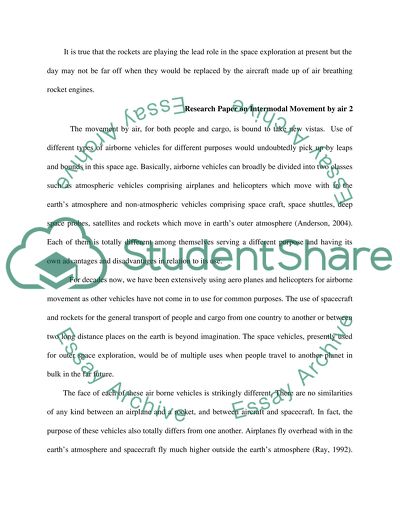Cite this document
(“Different types of Intermodal movement by Air Essay”, n.d.)
Retrieved from https://studentshare.org/miscellaneous/1552950-different-types-of-intermodal-movement-by-air
Retrieved from https://studentshare.org/miscellaneous/1552950-different-types-of-intermodal-movement-by-air
(Different Types of Intermodal Movement by Air Essay)
https://studentshare.org/miscellaneous/1552950-different-types-of-intermodal-movement-by-air.
https://studentshare.org/miscellaneous/1552950-different-types-of-intermodal-movement-by-air.
“Different Types of Intermodal Movement by Air Essay”, n.d. https://studentshare.org/miscellaneous/1552950-different-types-of-intermodal-movement-by-air.


